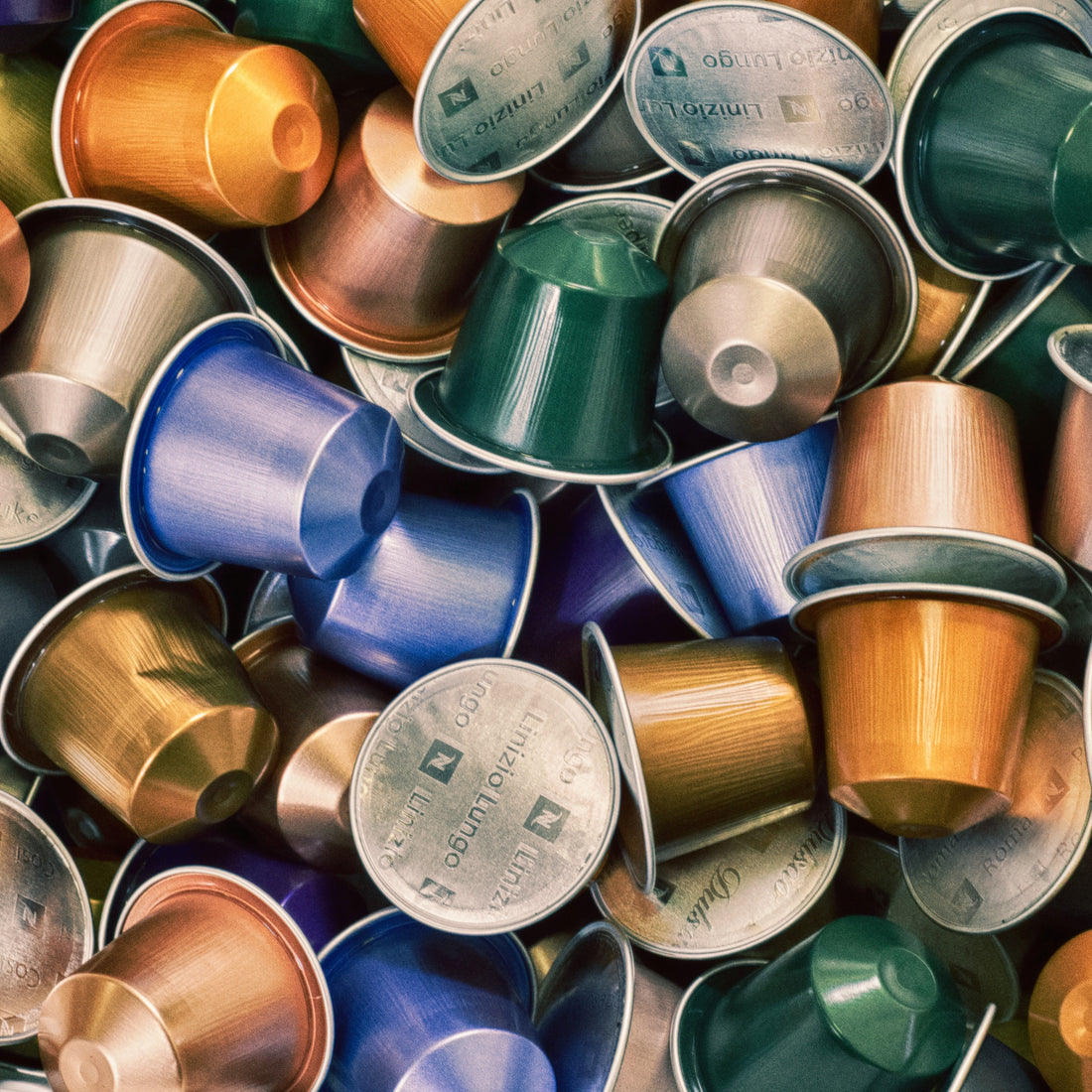
The Environmental Cost of K-Cups
Share

Environmental Cost of K-Cups and Similar Plastic Cups. Are They as Fresh as Ground Coffee?
The first home espresso machine was invented in 1933: the moka pot. Semi-automatic espresso machines for home use would be rolled out and become popular in the first decade of the 21st century. The dream was for everyone to make espresso at home. The catch? It’s not as easy as it sounds. You have to learn to make good coffee with these machines; half the work is on you.
You can’t simply push a button and expect for good espresso to come out.
Yet that’s the exact premise of a single-serve machine, just like Keurig, Nespresso, and others. These machines take on all of the work required to make a good espresso, save for trivial things like inserting the coffee capsule and pushing a mere button. Anybody can handle that.
Put like that, it seems like single-serve coffee makers are the epitome of home espresso, the ideal espresso machine. And yet, as popular as they are, they are far from being ideal, let alone the most popular coffee maker. Why?
Here’s why:
#1: Environmental Costs of Coffee Capsules
The biggest pushback that single-serve coffee makers encountered is that each single espresso carried with it an unnecessary amount of plastic and metals. If you count the box they come in, a single pack of capsules equals more waste than buying coffee to go and using plastic straws every single day.
Numbers for 2016 put the amount of capsules used a year at 20 million. Out of these, only over five million were recycled. It’s a lot, sure, but that means that almost triple that amount ended up contaminating the ecosystem.
Disposable coffee capsules have been put in place to combat this issue. Most famously, Nespresso has launched a recycling program in which they collect your used capsules (they even give you a big bag to put them in).
Yet studies showed that only about 56% of these recycled capsules were actually put to use. And a mere 25% of these materials have the potential to be transformed into new materials- the rest is put to use for generating power.
#2 Freshness of Coffee Capsules
While ground coffee is not particularly the epitome of freshness -after all, the ideal scenario would be to grind your coffee right before brewing- coffee capsule’s freshness is not the best.
We don’t expect coffee capsules to be fresh as recently ground coffee; however, freshness seems to have been sold as one of their biggest advantages when, in fact, capsule coffee is not as fresh as other forms of coffee.
Yes, capsules are sealed and therefore protected from outside elements. But it’s also true that coffee capsules are made to last much longer, therefore they can go unconsumed for months longer than regular ground coffee. Because of this, the whole “sealing” is undone by this simple fact: coffee capsules are manufactured in bigger bulk.
So, they can be much fresher than ground coffee- but that’s not always the case. Always check roasting dates and avoid buying from mega-companies which roast their coffee up to a year before they are even shipped out.
